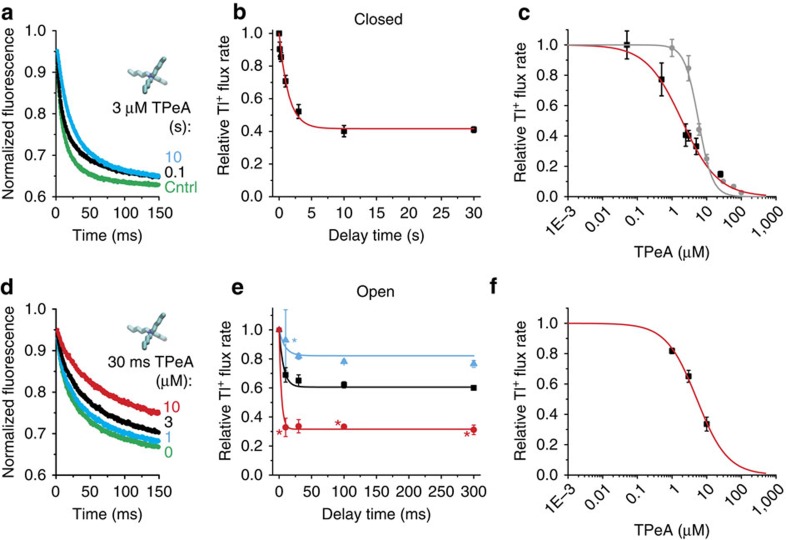Figure 3. TPeA blocks closed and open MthK.
(a) Fluorescence quench traces after closed-state incubation with 3 μM TPeA for 0.1 (black), 10 s (cyan) and no blocker control (green) (average of 4–7 repeats). (b) Relative Tl+ flux rates versus incubation time from data as in a. Red line is a fit with equations (10 and 11) (τeq=1.6±0.2 s,  =2.1±0.2 μM,
=2.1±0.2 μM,  =0.14±0.02 μM−1 s−1). (c) Dose–response curve for closed-state TPeA equilibrium block after 10-s blocker incubation. Red line is a Hill equation fit (Equation 12,
=0.14±0.02 μM−1 s−1). (c) Dose–response curve for closed-state TPeA equilibrium block after 10-s blocker incubation. Red line is a Hill equation fit (Equation 12,  =2.0±0.2 μM, nH=0.84±0.08). Dose–response curve for open-state block after the 2 ms mixing time (grey circles). The grey line has no theoretical meaning. (d) Fluorescence quench traces after 30-ms incubation with 17.2 mM Ca2+ to measure open-state block by 0 (green), 1 (cyan), 3 (black) or 10 μM (red) TPeA (average of 4–7 repeats). (e) Relative Tl+ flux rates versus incubation time with open MthK for three [TPeA], coloured as in d. The results were simultaneously fit to equation (11) (lines;
=2.0±0.2 μM, nH=0.84±0.08). Dose–response curve for open-state block after the 2 ms mixing time (grey circles). The grey line has no theoretical meaning. (d) Fluorescence quench traces after 30-ms incubation with 17.2 mM Ca2+ to measure open-state block by 0 (green), 1 (cyan), 3 (black) or 10 μM (red) TPeA (average of 4–7 repeats). (e) Relative Tl+ flux rates versus incubation time with open MthK for three [TPeA], coloured as in d. The results were simultaneously fit to equation (11) (lines;  =4.6±0.2 μM, konclosed=20±3 μM−1 s−1). (f) Dose–response curve for TPeA binding to open MthK after 30-ms incubation with blocker (results from e) was fit by the Hill equation (red line;
=4.6±0.2 μM, konclosed=20±3 μM−1 s−1). (f) Dose–response curve for TPeA binding to open MthK after 30-ms incubation with blocker (results from e) was fit by the Hill equation (red line;  =5.2±0.3 μM, nH=0.98±0.07). Mean±s.d. from at least three independent samples, except for experiments marked (*) in e where n=2.
=5.2±0.3 μM, nH=0.98±0.07). Mean±s.d. from at least three independent samples, except for experiments marked (*) in e where n=2.

